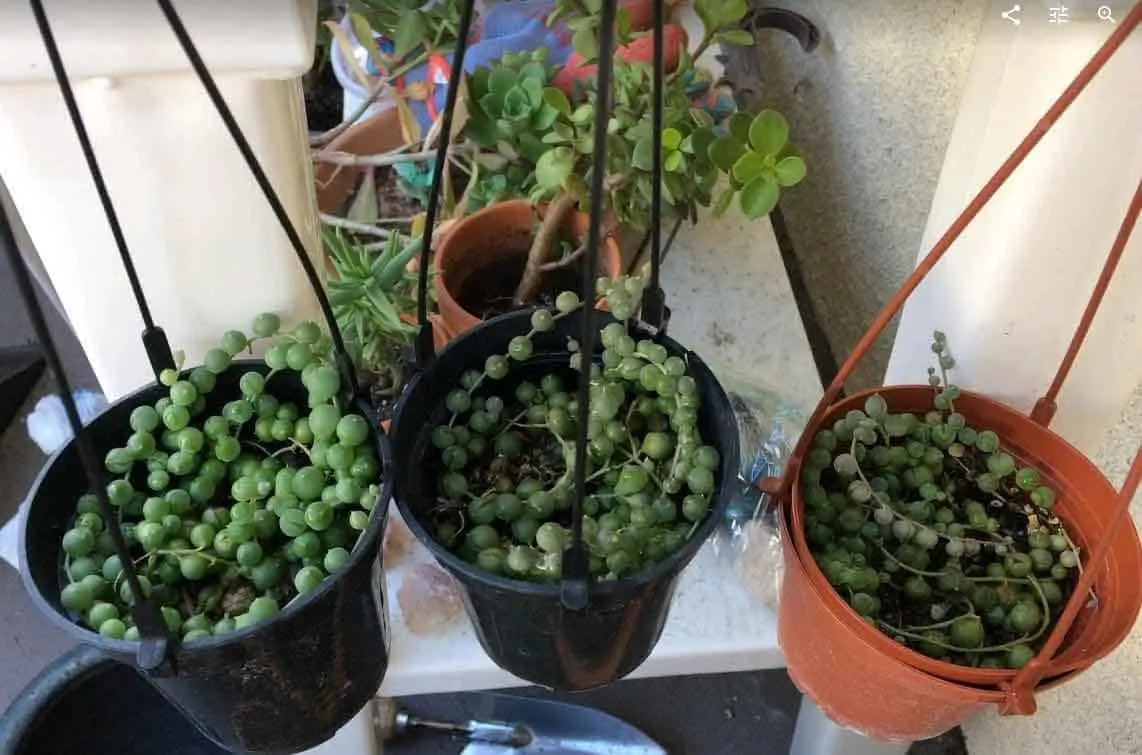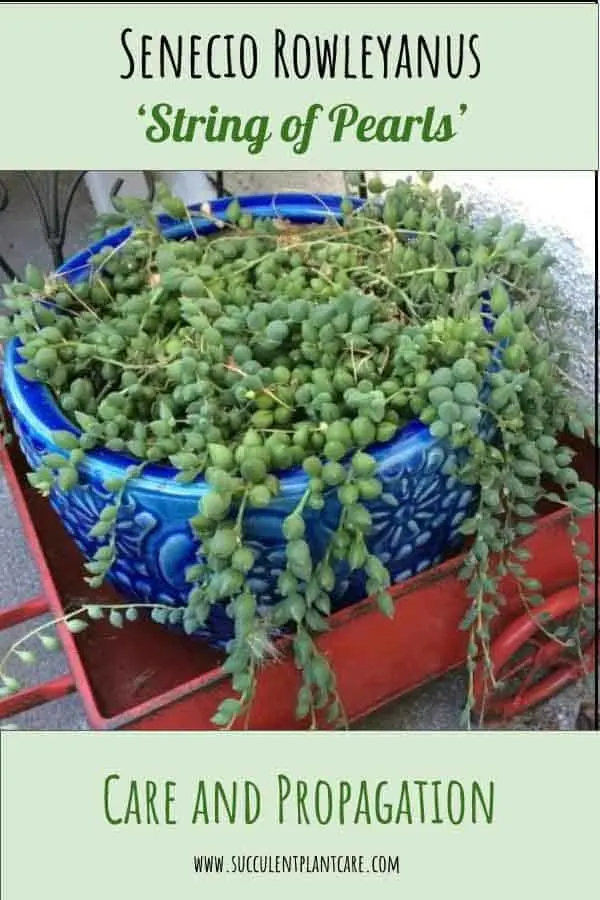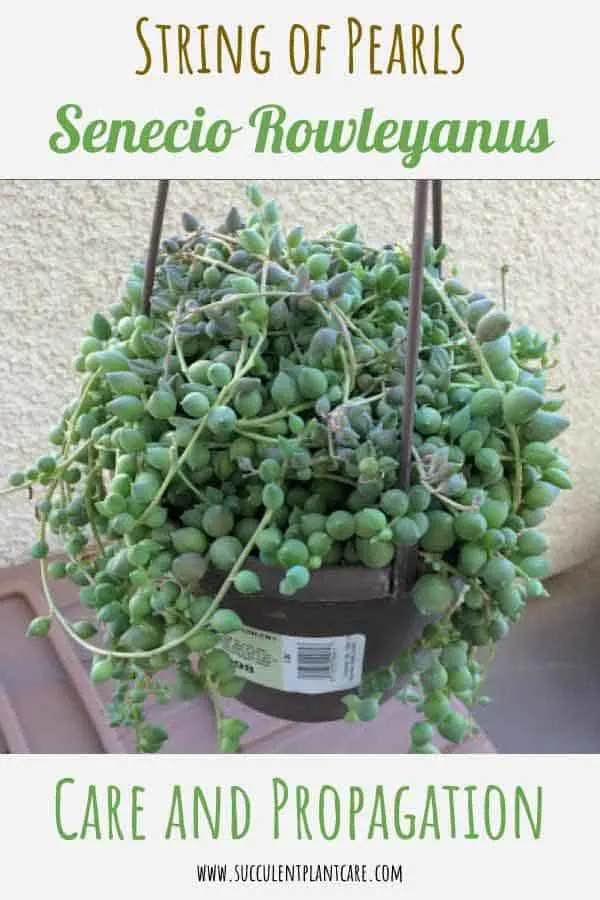Where are String of Pearls from? Senecio Rowleyanus (String of Pearls, String of Peas or String of Beads) are native to South Africa, where in their natural habitat they grow as creeping vines on the ground, with their stems crawling and rooting wherever the stems touch the ground.
They usually grow in the shade, protected by other taller plants or rocks.

String of Pearls as Houseplants
In cultivation, these plants have become very popular and are coveted for their trailing nature and unusual appearance. They are often found in hanging basket arrangements or cascading down the sides of a planter. The beauty of the plant becomes more apparent when you take a closer look at the small, round, green leaves and their stems that can grown up to 3 ft (90 cm) long. When cut, the stems will split into two or more and keep on growing.
They get their common name, String of Pearls, Peas or Beads from these round leaves that appear like little green peas. These round pea-like leaves store water, giving them their drought tolerant, succulent nature. The little round leaves also have ‘windows’, which appear like little slits in the center of the leaves. These windows let the light in for photosynthesis.
These amazing plants have adapted to their growing environments and have become the specialized plants they are now. They look great pretty much anywhere you stick them in and they add another dimension to any arrangement. From hanging baskets to little teacups, they can definitely grab people’s attention. These plants are not frost tolerant and need to be protected from direct sunlight.
Caring for String of Pearls
Soil Medium
Caring can be easy once you figure these guys out. Like other succulent plants, they need a well draining soil. I use a cactus soil mix combined with perlite for more drainage. I do not use exact measurements but eyeball it to about 1:1 solution of cactus mix and perlite. Others recommend using a sandy soil. This can be achieved by mixing cactus mix or potting soil with coarse sand (about 2:1 ratio).
Sunlight
They need bright but indirect sunlight and need to be protected from intense afternoon sun. They do well in a bright but partially shaded area, or in planters shaded by other taller plants. I noticed by accident that these plants do very well in a bright but filtered location.
When I placed them in this planter, I was initially worried that the shade from the ‘roof’ of this well would block the much needed sunlight for these plants. But it turned out these plants actually love the shade. I keep it in a very bright area that regularly receives bright, intense afternoon sun but they are protected by this shade and are doing very well.
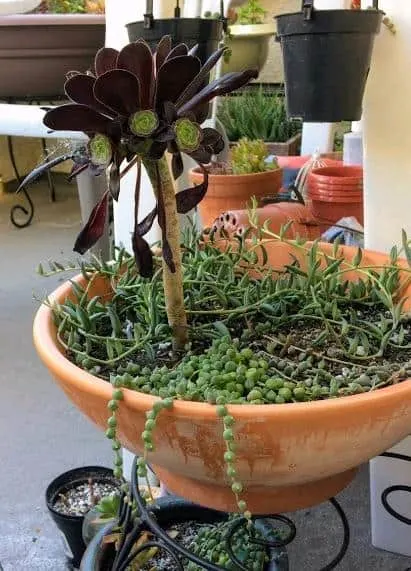
And this other planter receives mostly morning light and the String of Pearls are protected by this aeonium acting as shade.

Watering
What confused me the most was watering, as I got a lot of conflicting information so I am going to devote more time in explaining how I figured watering out. I kept reading about infrequent watering and to avoid watering the plant too much. So I was afraid of overwatering the plant.
The plants I had started shriveling and still I was afraid to water them because they also shrivel when overwatered so it was hard to tell whether I was over or underwatering them. What eventually saved the plant that I had was when the rain came in my area. I was nervous about how the plants would do in the rain outdoors and tried to move them in the shade when rain came.
I noticed that the String of Pearls that got rained on the most started looking plump and happy again. So I decided to let nature take over and left them out rain or shine, but away from direct sunlight. Well, the plants started looking great and the shriveled ones that I thought were doomed all made a come back.
Figuring how to water these plants can be tricky…
Now I am not afraid to water these plants. I rarely water the plants during winter season because that is when we receive the most rain in my area. Since I keep my plants outdoors, I rely on rainwater during winter here until early spring.
Once the rain stops coming in my area, I start watering again. The climate is very dry here so I water every 10-14 days, and more during really hot days. Once the soil is dry, I give them a good drink and then leave them alone to dry out.
I noticed they like a good drink of water, especially rainwater. They do not like sitting in water so make sure the soil you are using is a well-draining one. Water only when the soil is dry, but do not let the soil dry out completely.
Feel the soil for moisture. The top inch needs of the soil needs to be dry before you water again. If unsure, you can try one of those moisture meters to check for moisture.
Another useful tool is using a wooden bbq skewer stick. Stick the skewer a few inches in the soil to check for moisture. If the skewer comes up dry, then you can water. If the skewer is wet, refrain from watering.
Established plants need less water than younger ones
I also learned that established plants need less water than younger plants. I noticed the stems I was propagating did better when misted every few days. Once established, they become more and more drought tolerant as they hold water in their beads.
So decrease the frequency of watering as the plant matures. It also depends largely on the climate in your area. I live in a very dry climate so watering is necessary, especially on those extremely hot days.
In more humid climates, these plants do not need to be watered as much.
How to Repot String of Pearls Plant
Here’s a 4-inch String of Peals plant I bought from Lowe’s. The plant looks so beautiful and healthy I just couldn’t resist. Here’s how I repotted it:
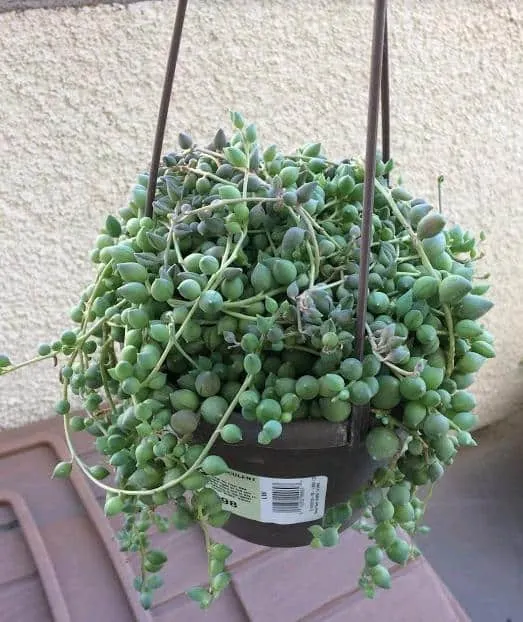
Step 1
Gently bring or fold the trailing stems up to the center top of the plant
Step 2
If they came in a hanging basket, which they often do, it would be helpful to remove the clips and hooks for hanging to get them out of the way and to minimize damage to the beads.
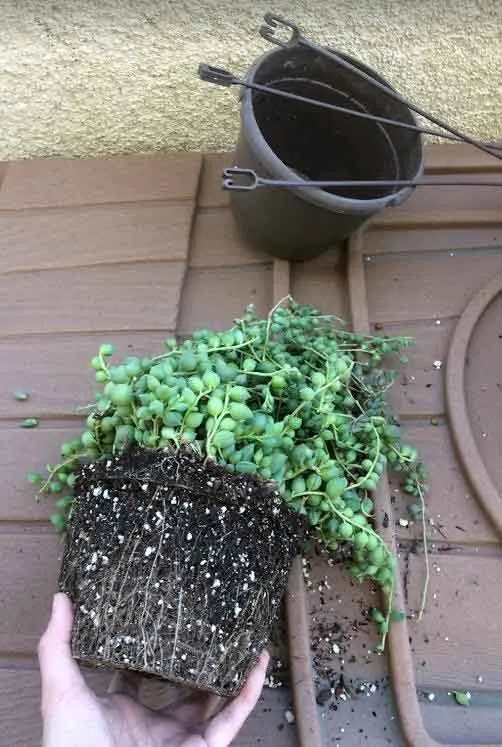
Step 3
Carefully place one hand on top of the plant and flip it over. The plant should slide out of the pot. If it doesn’t, gently squeeze the pot to loosen the soil.
I find that the drier the soil is, the easier it is to slide out of the pot. Wait until the soil is dry before attempting to remove from the pot. Another way people remove the plant out of the pot without damaging the fragile leaves is to cut the pot and tear it open instead.
This way you don’t have to worry about squeezing the plant out of the pot.
Step 4
Prepare a suitable potting mix. I use cactus mix combined with perlite for added drainage. You can also use coarse sand. Use a pot that is slightly bigger than the nursery pot it came in but not too big for the plant.
Step 5
Pack the soil tightly around the side of the pot to provide room in the center where the plant goes.
Step 6
Carefully place the plant in the pot. Pack the soil around the plant and fill in any open spaces.
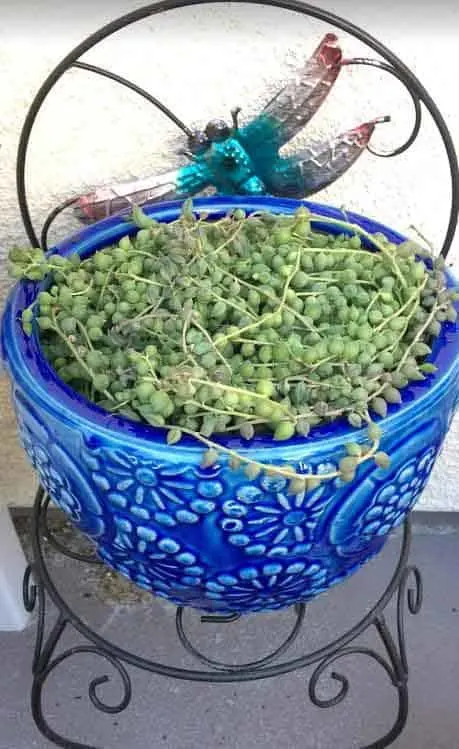
I had very little ‘casualties’ repotting this plant and only loss a few beads. The beads can be fragile and will fall off easily during repotting. I simply placed them back in the pot and hope they will root. Place the newly potted plant in a bright location away from direct sun.
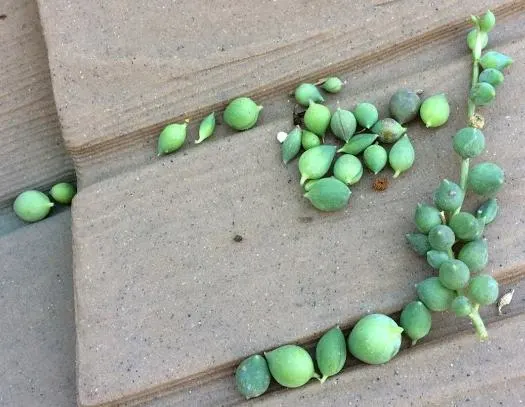
Propagating String of Pearls Plant
These plants can be easily propagated from stem cuttings. The most common way I have seen people do is to take a cutting and stick the end in soil. The plant will root and new growth will develop.
Stem Cuttings
How I have successfully propagated these are by taking stem cuttings and laying the cuttings sideways on the soil.This way I start out with a fuller top and eventually have the plants trail. It may take longer for them to trail this way, which I don’t mind, but if you want yours to trail or hang right away, then do the other method of sticking the end in soil. The plant will shoot out roots from anywhere it touches the soil.
I had this tiny little pot that I wanted to use along with this little bird cage that I thought would look great with String of Pearls trailing down. So I took some stem cuttings to lay on the soil.
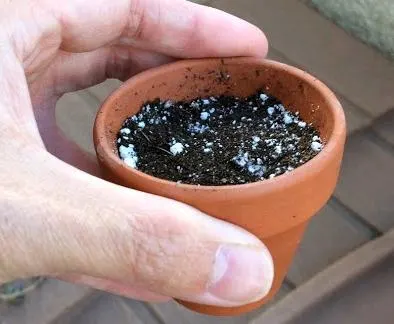
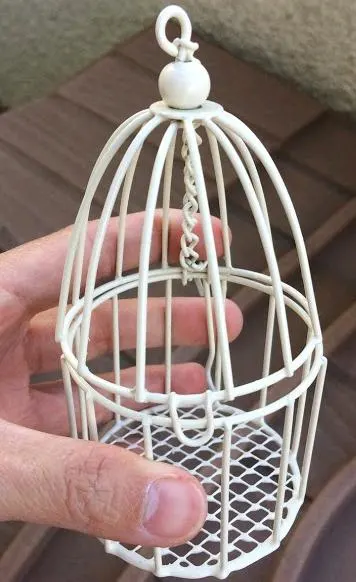
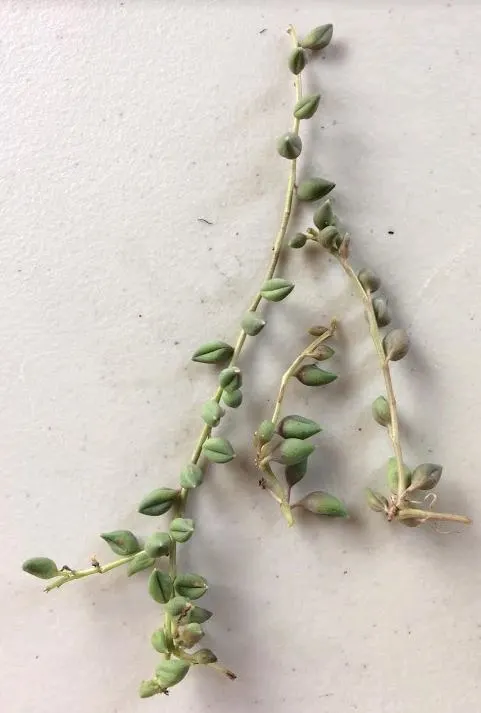
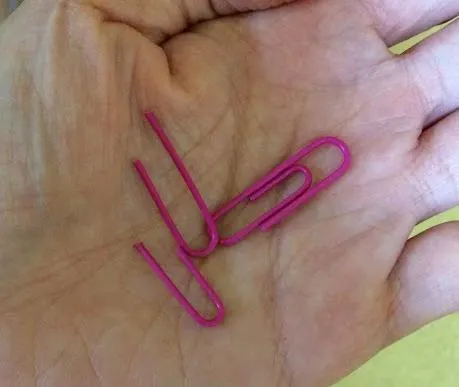
I used paper clips that I had cut to hold the stem cuttings down and ensure they are touching the soil when they root.
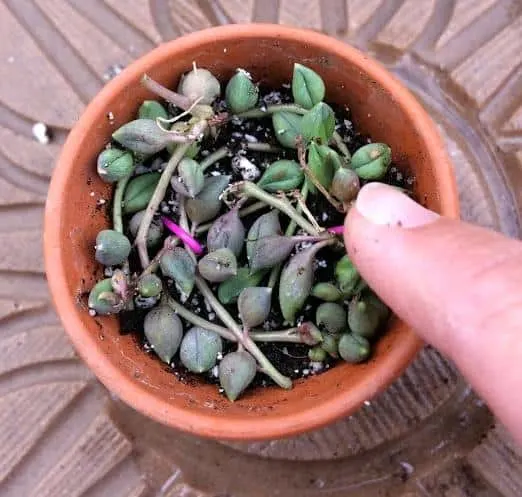
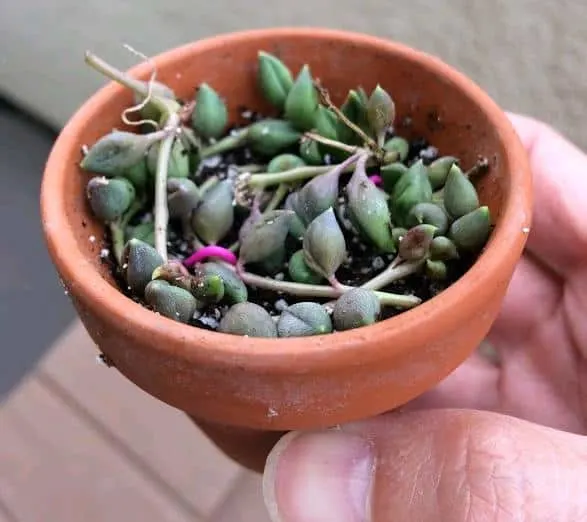
Lightly mist the stem cuttings every few days and keep in a shaded area away from direct sunlight. The cuttings will root in a few weeks.
Mist the cuttings
From my experience, String of Pearls cuttings like to be misted and sprayed at least every few days until roots develop. Keep misting every few days so the cuttings do not dry out. Even when roots develop, younger plants still like to be misted more often than mature plants.
I continue misting every few days with younger plants started from stem cuttings even when roots are developed. When the pearls are more mature, I stop misting and give them a good drink once every ten days or so. Keep in mind I live in a very dry climate and the plants need more water where I am.
How to get String of Pearls to flower
While blooming is not the main priority, it is always an added bonus to see flowers from your plants. String of Pearls produce small, white fuzzy flowers that have a cinnamon-vanilla spiced scent. Seeing and smelling these white fuzzy flowers are a treat and can really brighten your mood.
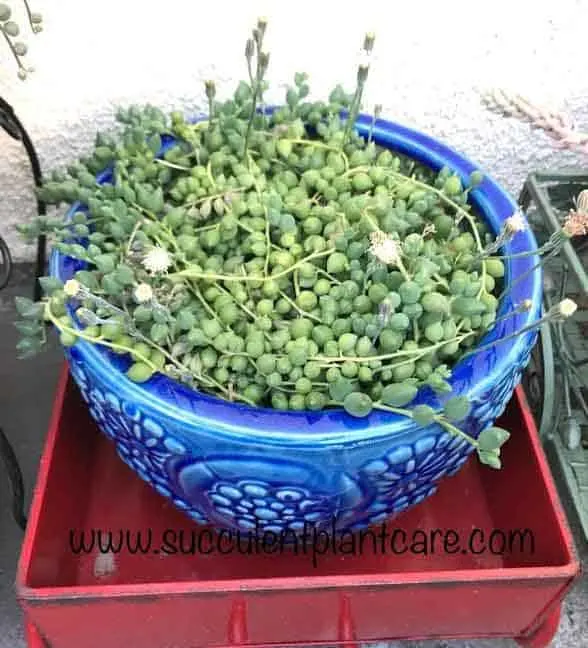
Proper Temperatures
To encourage flowering, provide proper temperatures. They need a distinct difference in night and day temperatures as well as summer and winter months. Succulents favor cooler outdoor nighttime temperatures of 50-55⁰F (10-13⁰C) or indoor night temperatures of at least 60-65⁰F(15-18⁰C).
Especially when kept in a controlled environment, succulents prefer a marked difference between their night and day temperatures to mimic their natural habitat, with the cool night temperatures having an integral part in the plant’s growth cycle.
Overwintering is also important if you want to see your succulents bloom. This can be achieved by keeping them cool and relatively dry in the winter months, especially desert cacti. Keep them cool during winter months with temperatures just above freezing, between 35-44⁰F (1.5-7⁰C).
If kept indoors during winter, have them in a non-heated room if possible or keep the temperatures low to provide them the cold winter period that they need.
Plenty of Light
Make sure the plants are receiving adequate sunlight throughout the year and are kept in a bright location, even during colder winter months. Most cacti and succulents need at least 4-6 hours of bright light, or more. String of Pearl plants cannot handle intense, full sun and need filtered but bright light to prevent sun damage.
Place plants in south or east facing windows indoors to ensure adequate lighting, but make sure the plant is not being scorched. If needed, consider using grow lights to provide enough light indoors. Succulent plants that do not receive adequate sunlight do not grow properly and will most likely not flower.
Feed or Fertilize
While fertilizing is not necessary, giving your plants the nutrients they need will help ensure proper growth and encourage blooms. It takes a lot of energy for plants to produce flowers, and feeding them extra nutrients will help supplement their needs during flowering season. The most common recommendation is to fertilize during the active growing season, or during spring and summer months.
Fertilizers are better applied at a quarter or half strength, about every two weeks. Refrain from fertilizing towards the end of fall season and during winter months. A balanced blend of fertilizer diluted to half strength is suitable and commonly used.
Fertilizer blends specially formulated for cacti and succulents are also suitable.
String of Pealrs Plant are Toxic to Pets
According to the University of California, Davis, this plant’s sap can cause dermatitis or skin irritation to humans and pets. Symptoms include: vomiting, diarrhea, drooling, lethargy when consumed by animals. If you suspect poisoning, contact your local veterinarian immediately or the ASPCA Animal Poison Control Center at 888-426-4435.
My Quest for String of Pearls
These are one of my all-time favorite succulent plants ever. I remember seeing them a lot more in local plant nurseries about five years ago but they have become harder to find recently around my area in Northern California. In fact, about a year ago, I began my quest for one in my local stores. They are readily available online but I wanted to find one locally.
My First String of Pearls
I found one from Lowe’s (a local hardware store) in a small 2-inch pot. I planted it in this well planter along with two other kinds of plants. Here is how the planter looks now, a year later. The String of Pearls have fattened up and are growing happily. I have finally figured out how to keep these plants happy.
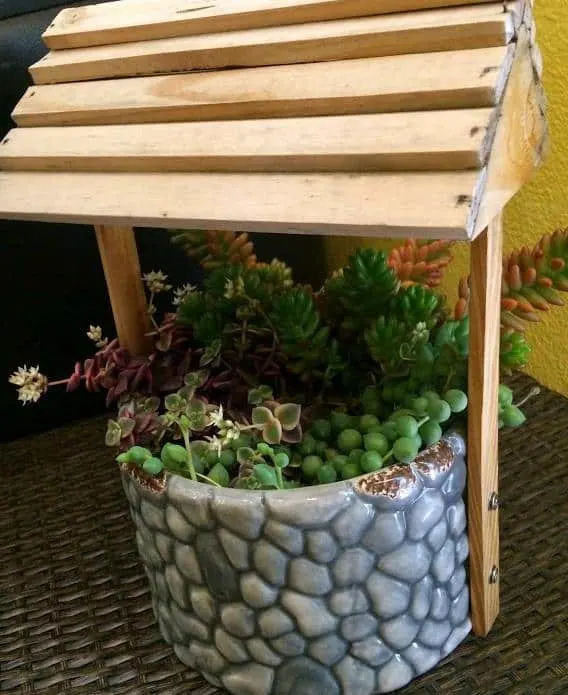
My Quest for More String of Pearls
Aside from the 2-inch pot I initially found, I wanted more. I was having no luck at finding more until I stumbled upon one at a local nursery. It’s one of those reputable nursery but sadly the plant was in a sorry state.
The pearls were all shriveled up and some appeared rotten (they were shriveled up and brown). It came in a cracked 4-inch pot. I paid full price for this plant because I was desperate at that time to get a hold of this plant and thought I would try my best to save it.
When I asked the person at the store if it was overwatered, he said it was actually underwatered and that’s why the pearls were all shriveled up. But the soil felt very wet to me. When I got home I waited a few days before repotting to let the soil dry out a little.
I find it easier to repot when the soil is dry. After about a week, the soil still felt wet so I eventually removed the plant to find the soil not just wet but soaking wet. I live in a very dry climate so I was expecting it to dry out by then. I think what happened was the nursery may have neglected it and then over compensated by overwatering the plant.
I tried to save what I could from this plant and cut off the strands that were green and discarded the dead, rotten ones. I was left with a few strands of green shriveled beads which I then laid on top of the soil. I used these small plastic hanging planters I had laying around from past purchases.
I filled the pots with cactus mix and laid the strands of pearls on top of the soil.
Rooted String of Pearls cuttings
These plants have finally come around and are looking a lot healthier. They have started rooting. What I learned about this plant is they need shade and burn easily from too much sun exposure, especially unrooted plants you are propagating. They love rainwater and need a well draining soil. I wanted to show how repotting and providing the right potting soil can actually save your plant from doom.
